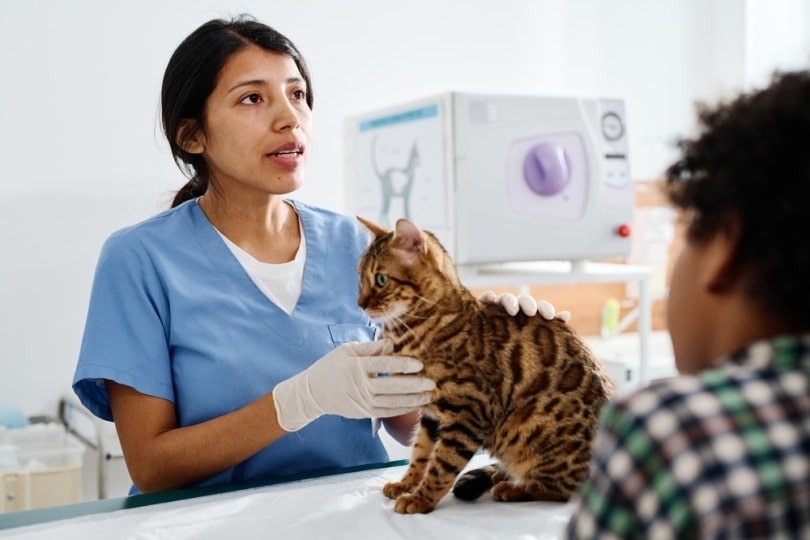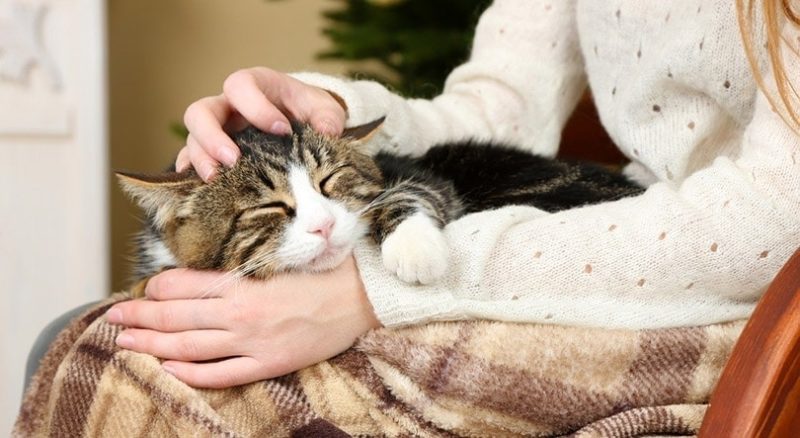How Do Cats Walk So Quietly? What the Science Says
Updated on
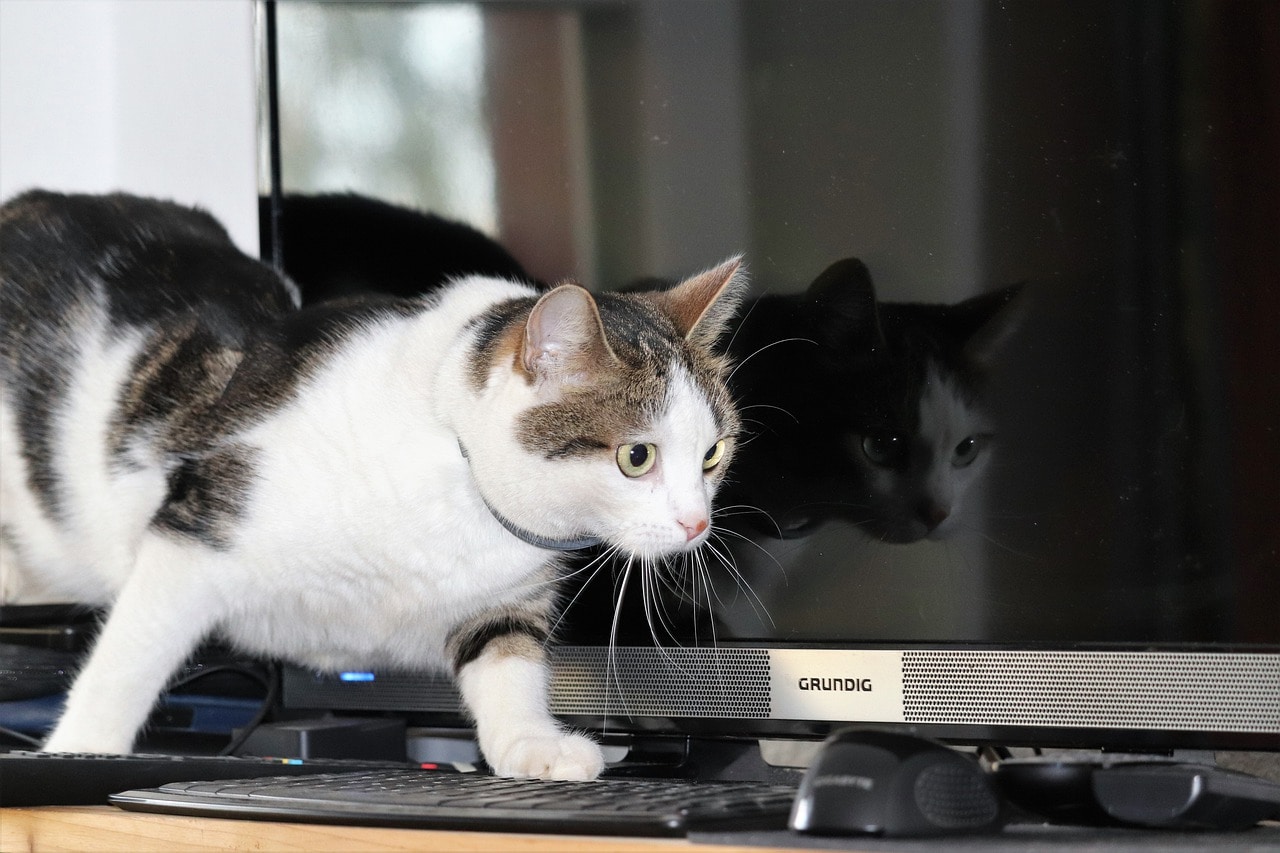
Whether you are a proud cat parent or simply a cat admirer, you undoubtedly already know how fascinating these creatures are. Some of their behavior patterns are mysterious and mesmerizing to humans, especially when we don’t know the reasons behind them. One such fascinating behavior is a cat’s ability to walk without being noticed by other animals or even people. They have soft, padded paws, which aid in this behavior, but the reason behind it is the need to remain unnoticed by their prey.
To learn more about the cat’s unique ability to walk quietly and how it manages to do so, read our article below.
The 5 Types of Cat Walks
There are many ways a cat can walk that can tell us many things about its physical and mental state. Cats walk differently depending on the situation, terrain type, location, and mood. While you may think cats can only run or walk, the spectrum is broader and allows the cat to adapt to certain situations.
- Walking: is a four-beat gait, which means that each of the cat’s paws contacts the ground at a separate time during the stride. During any phase of this gait, there are at least two feet having ground contact. When cats walk slowly (when they stalk prey), there are usually three or four paws on the ground at a time.
- Ambling: is another four-beat gait used by cats. The footfall pattern is the same as for the walk, but the timing of the placement of each limb and paw differs.
- Trotting: is a two-beat gait often used by cats to travel a long distance at moderate speed, as this is the least tiring gait a cat has. During a quick trot, a brief moment occurs where no paws are in contact with the ground. However, during a slow trot, at least two paws are in contact with the ground at any given time.
- Pacing: is similar to a trot; however, while pacing, the two paws in contact with the ground are from the same side of the body (during a trot, they are from opposite sides).
- Gallop: is used when a cat is trying to quickly ambush prey and speed is of the essence. Depending on the speed required to chase down their intended target, this gait has several variations. During a quick gallop, all of a cat’s paws are off the ground for at least 80% of a stride, while only one or two paws have contact with the ground for 20% of the stride’s interval.
Cats have a few other gait patterns. However, they are often recognized as variations of one of the five listed above rather than a unique gait. Examples of such movements include dashing (similar to a gallop but ends with all four paws on the ground at the end of the stride), a canter (also known as a slow gallop), or a running walk (another term for ambling).
In addition, cats have other movement patterns that aren’t gaits but are used for locomotion. These include climbing, air righting (a reflex and origin of the phrase ‘a cat always lands on their feet’), jumping, swimming, and digging.
Cats may also have paw dominance, similar to how we often have a dominant hand.
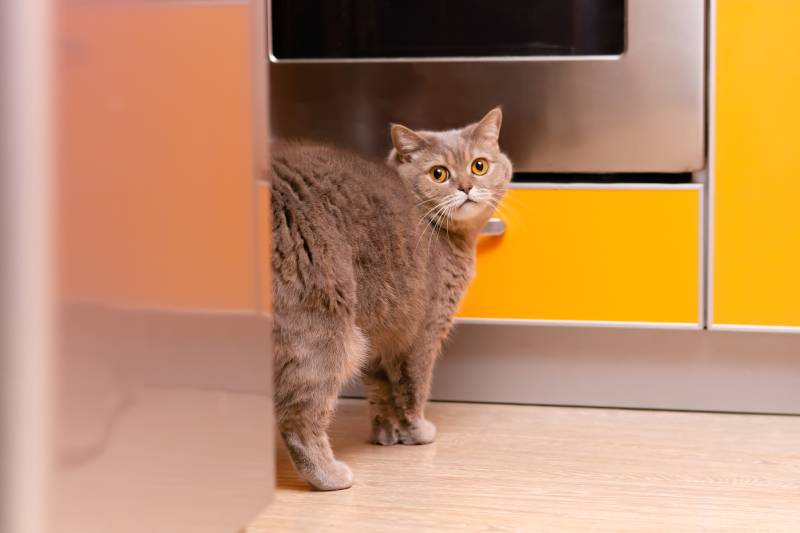
How Do Cats Walk Silently?
The ability to walk so quietly starts with their retractable claws. This fascinating ability allows the cats to retract their claws into their paws so much that they do not even touch the ground. Their paws are also very soft and padded, which helps them jump around quietly.
This stealthy walk makes the cat move more steadily, balanced, and with smoother movement. During a stalk, cats keep their body low and usually raise only one paw at a time while the other three are grounded. Their weight and pressure on the ground are reduced, allowing them to have more control of their speed and motion and walk more quietly and with increased awareness.
Why Do Cats Walk Silently?
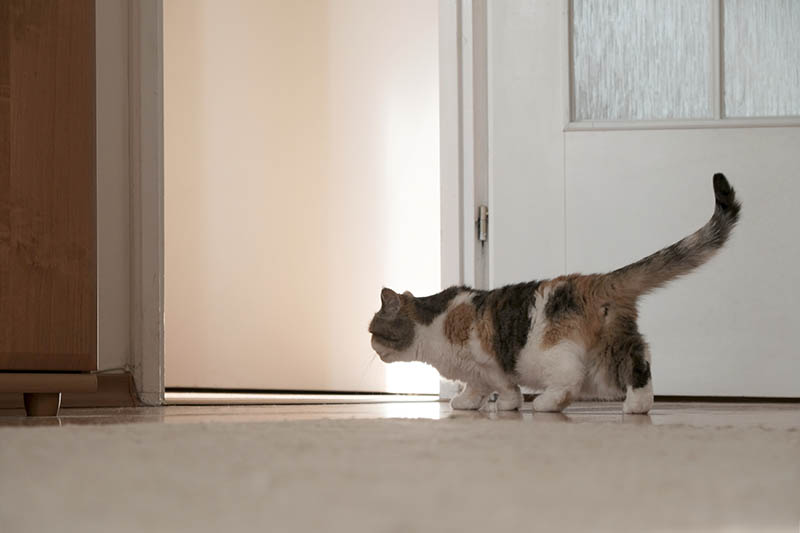
Cats are solitary hunters—unlike other animals, cats hunt entirely by themselves, requiring them to be precise and careful. Cats need to walk quietly because they need to remain unnoticed to prey long enough to come close. This cat’s behavior is fascinating to observe because you can begin to understand its natural instincts and drives. Cats have incredible coordination and balance and are incredibly agile. Cats are digitigrade. This means they walk on their toes and the balls of their feet. This allows them to make quick, quiet movements as they ambush their would-be prey.
Domesticated cats still have this natural hunting drive, which is an inherited instinct from wild cats. You may notice your cat running around your house stalking their toy, another cat, or you, which is when you’ll be able to observe their various gaits. They will lower their body to the ground and become much slower and more aware of the surroundings, locking in their prey with their eyes. They will move slowly, steadily, and with precision. At this point, nothing can distract them, and once they get close enough, they will jump to attack.
Important: Domestic cats should not be allowed outdoors so they can practice hunting on local fauna. Domesticated cats have been implicated as a major factor for the decline of many bird, lizard, and small animal populations in many urban and rural settings. In addition, you may want to reconsider letting your cats outdoors because it is dangerous for them, as they may get injured, ingest poisons (for example, rodenticides), be predated by larger animals, go missing, or contract a disease or illness.
Final Thoughts
The cat’s ability to walk silently is an evolutionary trait required to ambush their prey. Domesticated cats don’t need to hunt but still retain these traits, which are often on full display when they ambush a toy or their favorite person.
- Related Read: Why Does My Cat Walk On Me? 5 Possible Reasons
Featured Image Credit: FalkenOBR, Pixabay



